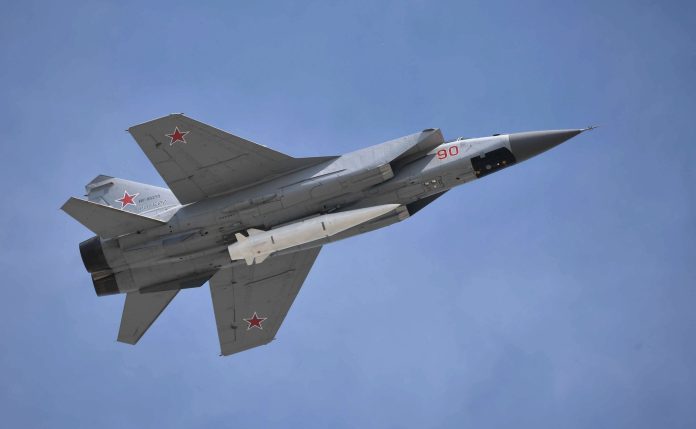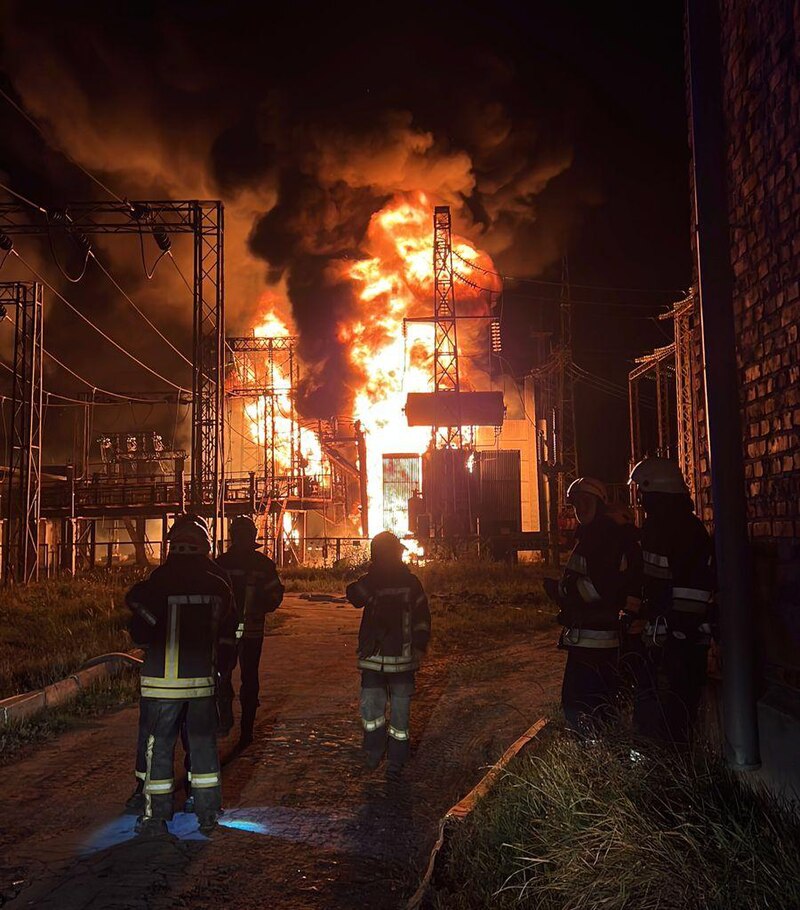
The night sky over Ukraine on October 30 was a theater of relentless motion contrails, explosions, and the hum of engines in the dark. It was not a single strike but a rolling multi-domain offensive that pushed both technology and tactics to their limits. Hours of drones, ballistic missiles, cruise missiles, and hypersonic weapons crisscrossed the country’s skies, testing defenses and rewriting the strategic calculus for the battlefield.
This was not just another exchange of fire in a grinding war but demonstrated evolving offensive coordination, the integration of foreign-supplied systems, and defensive measures adapted under extreme pressure. From Iranian ballistic missile deliveries to Russia to Ukraine’s rapid innovation in drone warfare, the night encapsulated broader trends that have defined modern conflict. Several developments, as described below, present the scope, complexity, and implications of one of the most intense air campaigns in this war.
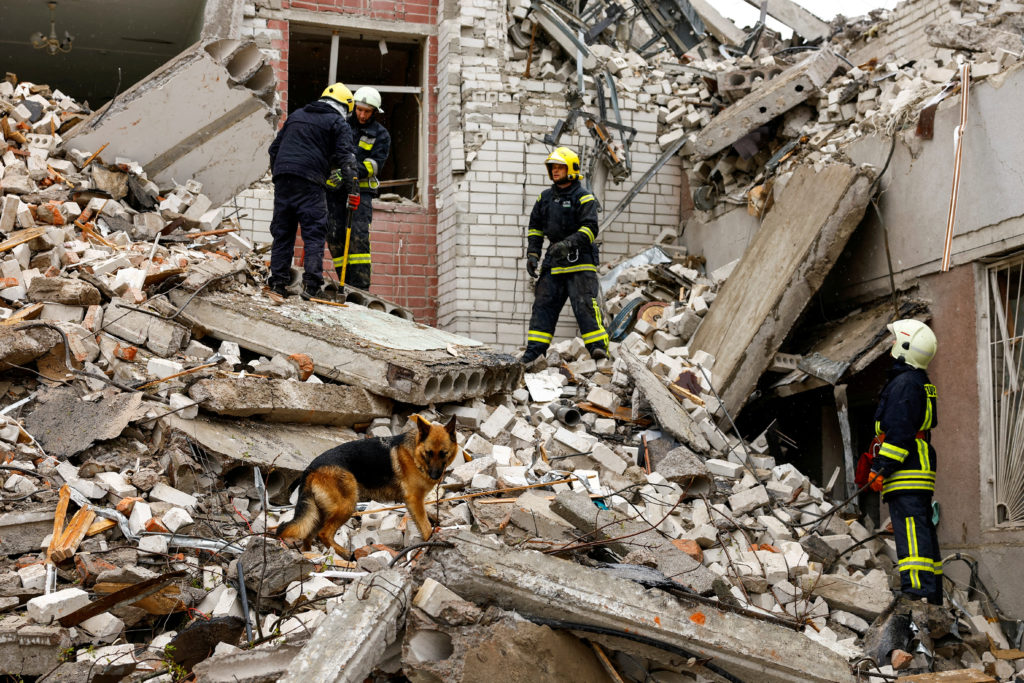
1. Multi-Vector Assault Across Ukraine
It started at dusk with Iranian-made Shahed drones entering from the north, striking Chernihiv and setting critical infrastructure on fire. As night began to fall, waves of UAVs came in against Sumy, Kharkiv, and Kyiv, keeping air defenses engaged for much of the night. Well after dawn, the Russian military had added ballistic missile strikes launched from Crimea, cruise missiles fired from Black Sea ships, and Kinzhal hypersonic attacks flown from MiG-31K jets. The coordinated timing and multiple approach vectors were designed to saturate detection and interception systems, overwhelming defenders with complexity.
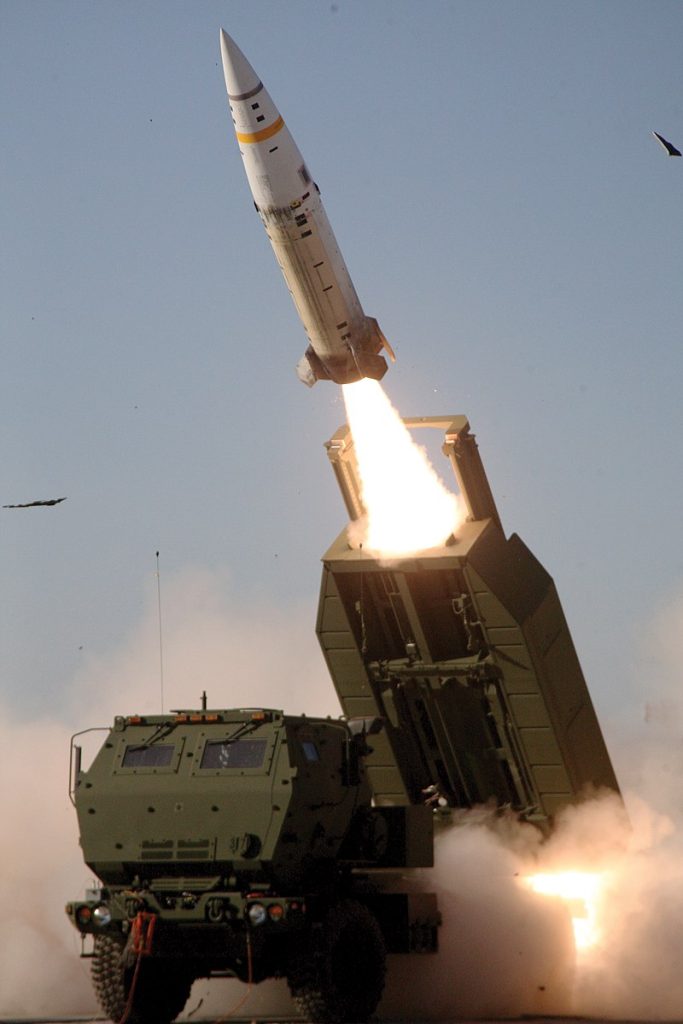
2. Iranian Ballistic Missiles Enter the Fray
U.S. Secretary of State Antony Blinken has confirmed that Iran has transferred short-range ballistic missiles to Russia, labeling this a “dramatic escalation.” These have comprised the Fath-360 and Ababil systems, capable of 86–120 km ranges, GPS/GLONASS guidance, and jamming-resistant receivers. Tactical in range, their arrival frees Russian Iskander-Ms for deeper strikes. The volume Iran can supply thanks to expanded solid-propellant production addresses Moscow’s shortage of comparable domestic systems, adding operational flexibility.
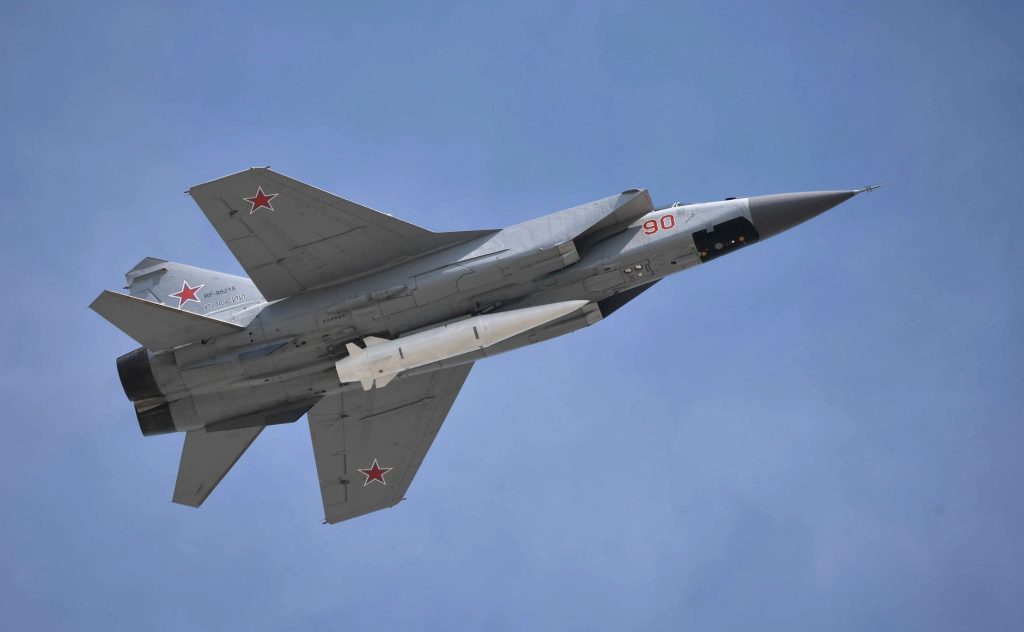
3. Hypersonic Kinzhals – Performance vs. Perception
The Kh-47M2 Kinzhal has been touted as unstoppable but has come under much scrutiny. Technical analysis indicates it acts more like a high-speed ballistic missile than a maneuverable hypersonic glide weapon, having limited agility and vulnerability in its terminal phase. Ukrainian Patriot PAC-3 systems have been interception Kinzhals, taking away much of their aura of invincibility. Russia nonetheless uses them for high-value targets, such as strikes near Vinnytsia and Ladyzhyn on the October 30 attack, using speed to compress defender reaction time.
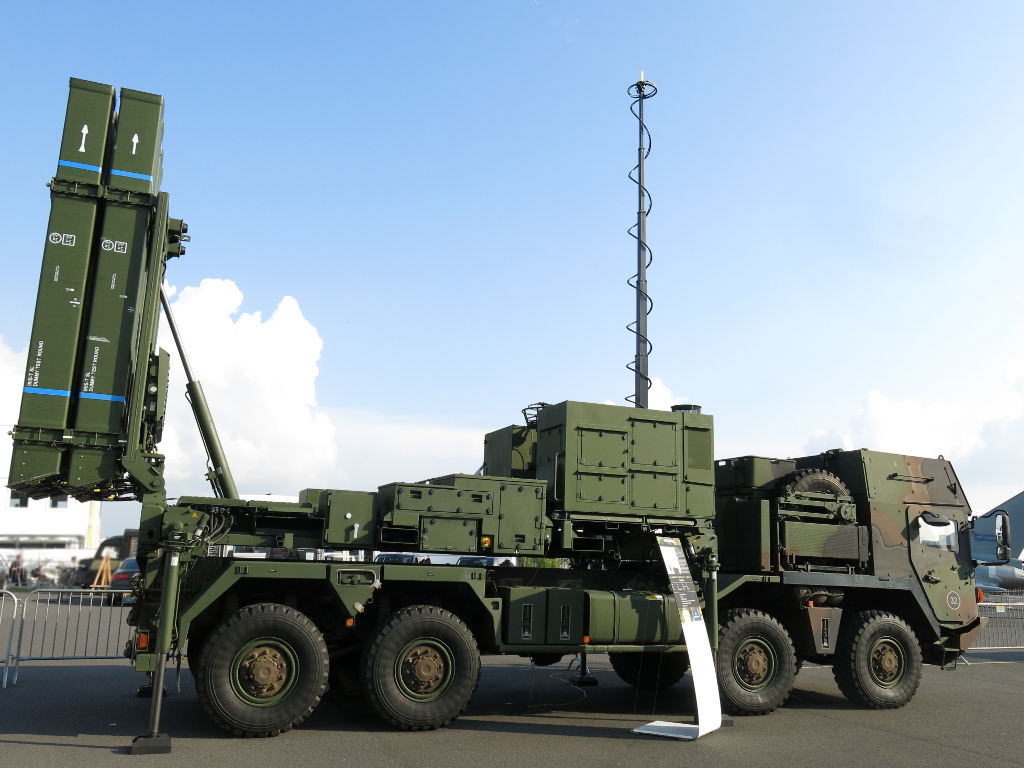
4. Saturation Attacks to Break Defenses
The strikes on October 30 reflected previous Russian efforts at saturation to overwhelm Ukrainian air defenses by launching UAVs, cruise missiles, and ballistic missiles in coordination. This creates a number of problems for defenders, such as being forced to use up interceptors quickly, experiencing tracking confusion, and raising the prospect of leakage. Modernized Patriot and IRIS-T systems have adapted with improved tracking and engagement protocols, but the cost imbalance firing expensive interceptors at low-cost drones remains a critical challenge.
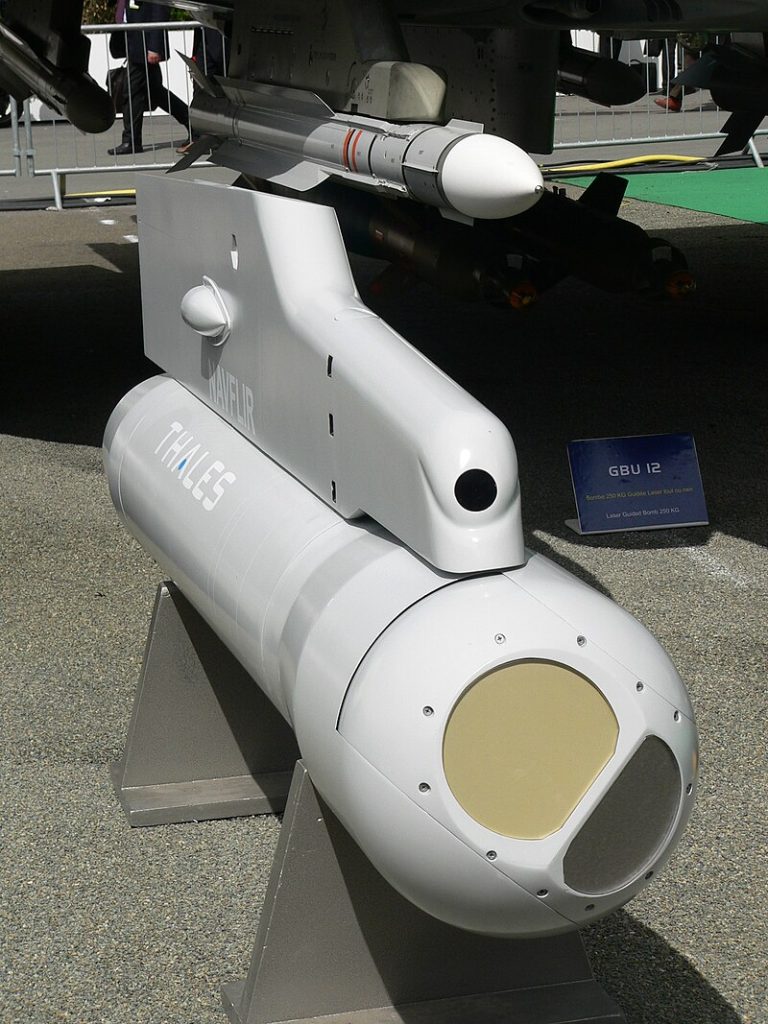
5. Evolving Shahed Tactics and Decoys
The Rus-sians have adapted Shahed drone operations to fly at higher altitudes of between 1.5 to 2 km to avoid ground fire, as well as to use wooden mock-ups of UAVs with false radar signatures-these ‘Parody’ drones confuse radar-guided systems such as Skynex into expending expensive programmable shells. Helicopters, with FLIR systems, have become the most successful counter in a number of sectors, but their use is constrained by the presence of Russian air defences.
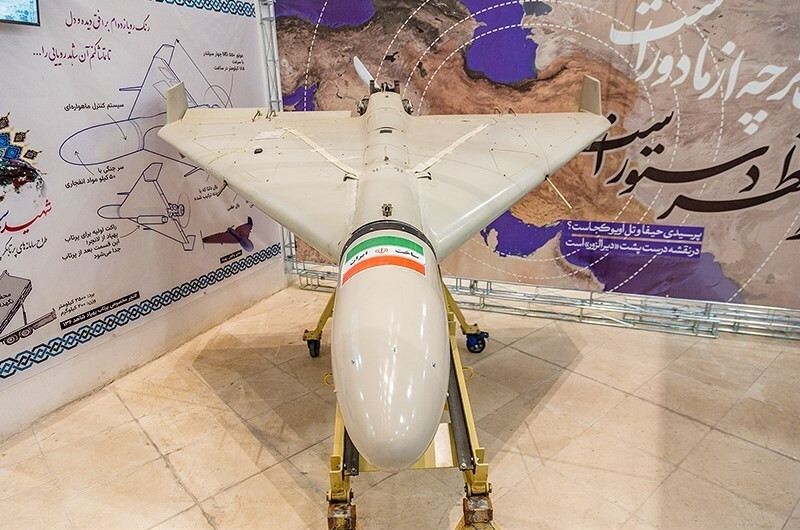
6. Ukraine’s Drone Wall and Cost Asymmetry
The mass adoption of FPV and long-range strike drones by Ukraine has created, in the words of commanders, a ‘drone wall’ that inflicts heavy attrition on Russian forces. The economic asymmetry is stark: Shahed-type drones cost $30,000–$60,000, while Ukrainian interceptor drones can be built for $2,000–$5,000. Systems such as the Sting interceptor, at roughly $2,100 per unit, are achieving hit rates of up to 70%, offering a scalable, low-cost defense model now drawing interest from European militaries.

7. Naval and Multi-Domain Drone Integration
Ukrainian Magura-7 naval drones, valued at about $300,000 each, have demonstrated the ability to disable ships and even shoot down Russian Su-30 fighters using air-to-air missiles. The result has been that the integration of maritime and aerial unmanned systems has driven the Russian Black Sea Fleet into more distant ports, reducing their operational reach. The October 30 air campaign has underlined how such multi-domain capabilities can be integrated with land-based defenses and strikes.
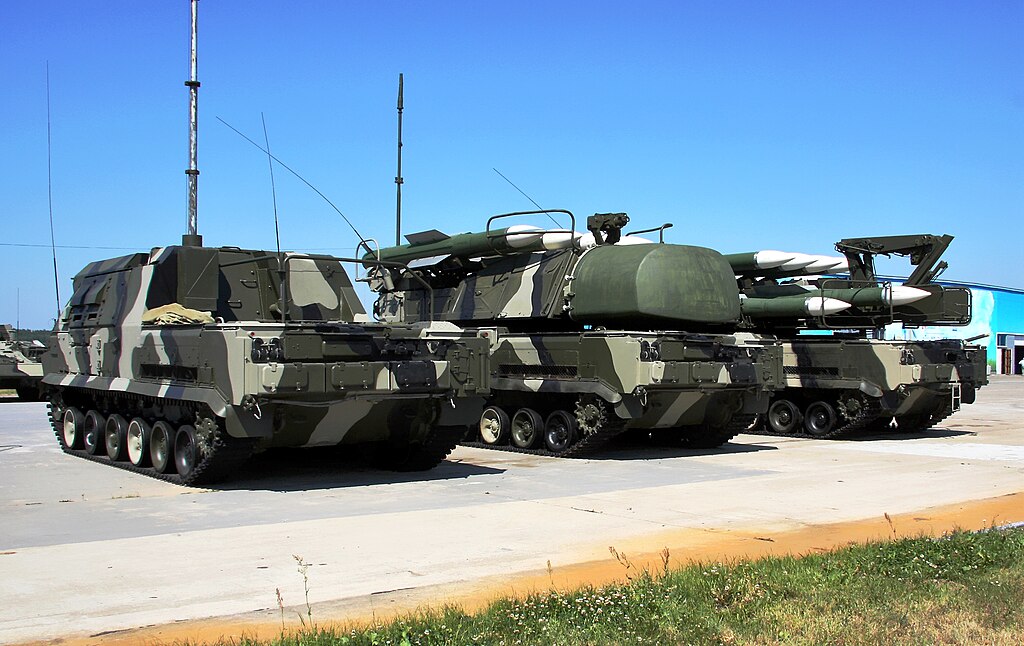
8. Strain on Russian Air Defenses
The continued attacks by Ukraine against Russian soil with long-range drones are laying bare the deficiencies in Moscow’s air defense network. Some reports have suggested that certain Buk missile crews have been transferred to infantry duties because of a shortage of interceptors. Offensive in nature, the attack last October 30 nevertheless showed how Russia is being obliged to make do and conserve its own stocks by employing decoys and different types of munitions.

9. Strategic Implications of Deepening Russia-Iran Ties
The revelation of the missile transfers underlines a deepening military partnership. In addition to payment, Iran is said to be asking for state-of-the-art Russian systems, including fighter aircraft, helicopters, and air defenses, in return. This cooperation bolsters not just Russia’s immediate strike capability but also hints at a longer-term axis that could impact regional power balances far beyond Ukraine. For Kyiv and its allies, it reinforces a watch for combined technological and logistical support between Moscow and Tehran.
The air campaign on October 30 was not a singular event but a concentrated expression of the war’s current trajectory: layered strikes, multinational supply chains, rapid tactical adaptation, and the relentless interplay between cost, scale, and technology. Each system deployed, whether it’s a $2,000 interceptor drone or a hypersonic missile, is part of a greater contest of endurance and innovation. For Ukraine, survival depends on scaling affordable defenses as quickly as adversaries scale their arsenals; for Russia, sustaining pressure means leveraging every alliance and adaptation available. The night’s events make clear that in this conflict, the air war is at least as much about industrial capacity and strategic partnerships as the skies themselves.
